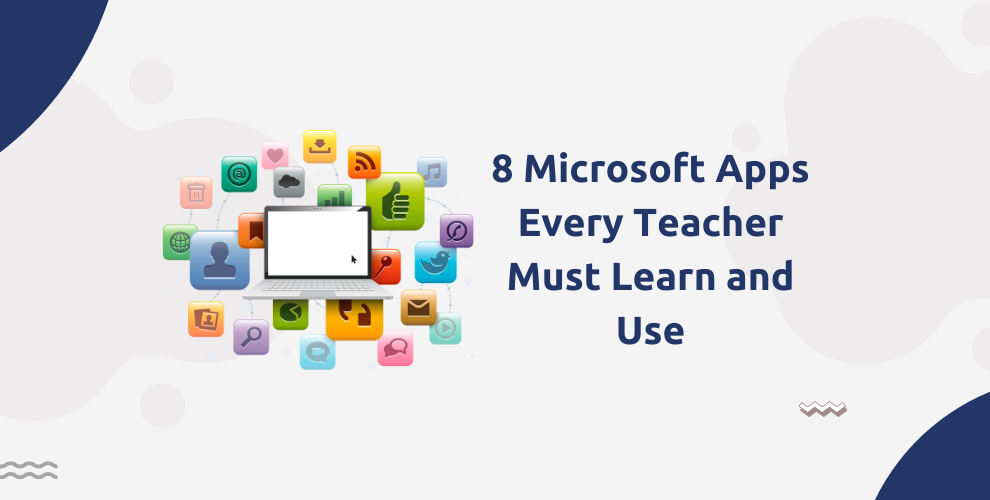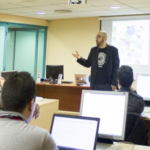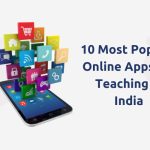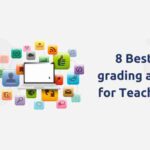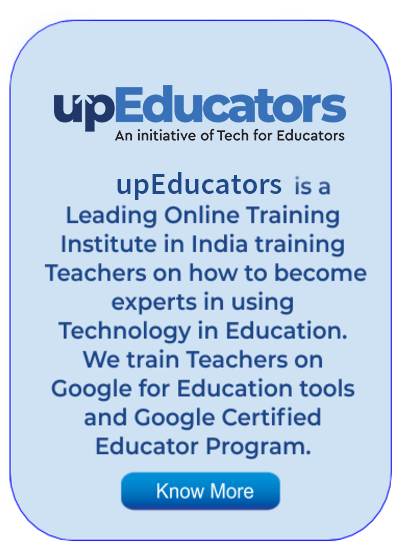Ms Radhika, a reputed Maths teacher from a local school wanted to upskill and learn digital skills. She pursued a course due to which she became skilled at using Microsoft tools for education. Through the course, she met various principals and school administrators.
Her expertise in utilizing Microsoft tools for education caught the attention of an international board school. Impressed by her innovative approach, they offered her a prestigious teaching position with a higher salary. Ms Radhika embraced the opportunity, bringing her passion and technological prowess to a new set of students. With her skilful integration of Microsoft tools, classrooms transformed into captivating digital environments where learning thrived.
A lot of teachers are still living in a bubble, unaware of the benefits of learning digital skills and tools like Microsoft for Education tools. By harnessing the potential of these tools, any teacher becomes capable and better at the job. In this blog, we share the top 8 Microsoft tools for education that every teacher must know and use. So let’s look at these tools and their features.
OneNote
Microsoft OneNote is a powerful tool that significantly aids teachers in their daily work. With OneNote, teachers can effortlessly organize their lesson plans, create digital notebooks, and collaborate with students and colleagues.
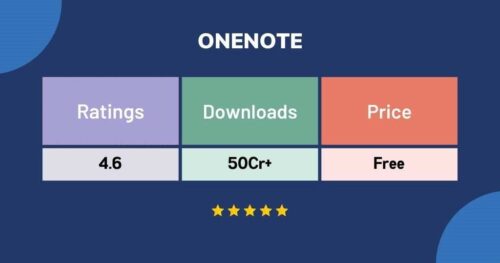
It allows them to compile and share resources, including documents, images, and videos, fostering a rich and interactive learning environment. OneNote’s flexibility enables teachers to personalize instruction, annotate assignments, and provide timely feedback to students. It also facilitates seamless communication and file sharing, streamlining the workflow and enhancing productivity.
Teams
Microsoft Teams is a game-changer for teachers, providing a comprehensive platform for communication, collaboration, and classroom management. With Teams, teachers can conduct virtual classes, engage with students through video conferences, and share educational resources seamlessly.
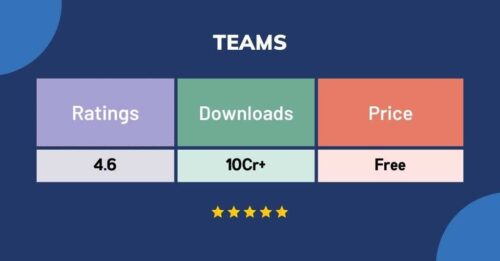
It offers a centralized hub where teachers can distribute assignments, provide feedback, and facilitate discussions, fostering an interactive and inclusive learning environment. Teams also allow for real-time collaboration among students, enabling group projects and fostering teamwork. Furthermore, its integration with other Microsoft tools simplifies workflows, making it effortless to share files, organize schedules, and streamline administrative tasks.
Sway
Microsoft Sway empowers teachers to create visually captivating and interactive presentations, making lessons more engaging and impactful. With Sway, teachers can combine text, images, videos, and other multimedia elements to craft dynamic and immersive content.
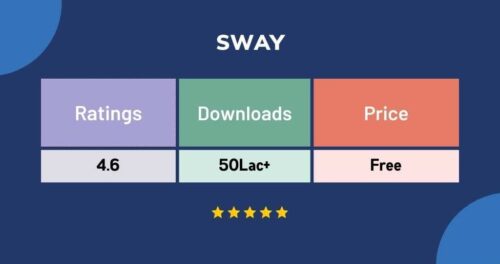
It allows for easy customization, ensuring that presentations align with the specific needs of each lesson and student audience. Sway’s user-friendly interface and intuitive design tools enable teachers to create professional-looking presentations without extensive technical expertise. Furthermore, Sway presentations can be easily shared with students, fostering collaboration and providing a platform for interactive learning experiences.
PowerPoint
Microsoft PowerPoint is a valuable tool that empowers teachers to deliver engaging and visually appealing presentations. With PowerPoint, teachers can create multimedia-rich slideshows that enhance their lessons and captivate students’ attention. It provides a user-friendly interface with a wide range of design features, allowing teachers to create professional-looking slides with ease.
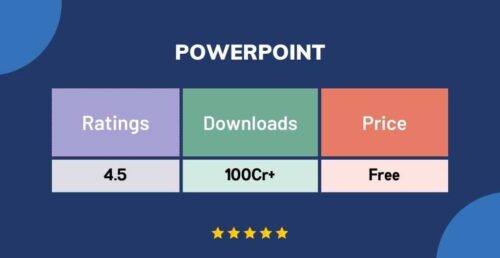
PowerPoint enables the integration of images, videos, audio clips, and animations, making complex concepts more accessible and memorable. Additionally, teachers can leverage PowerPoint’s presenter view to keep their notes and timings organized during presentations.
Excel
Microsoft Excel is a powerful tool that offers numerous benefits for teachers in managing and analyzing data. It allows teachers to efficiently organize and track student information, grades, attendance, and other important data in customizable spreadsheets.
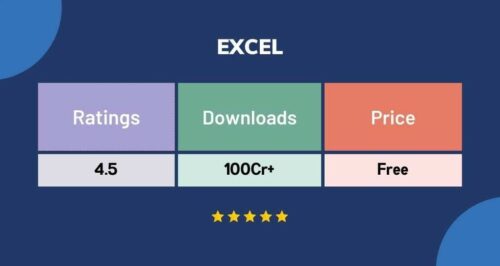
Excel’s formula and function capabilities enable teachers to perform calculations, generate statistical analyses, and create visually informative charts and graphs. It simplifies the process of generating reports, creating grade books, and identifying student trends or patterns. With Excel, teachers can save time, streamline administrative tasks, and gain valuable insights to make data-driven decisions for their classrooms.
Whiteboard
Microsoft Whiteboard is a versatile tool that greatly assists teachers in fostering collaboration and creativity in the classroom. It provides a digital canvas where teachers can brainstorm ideas, sketch diagrams, and illustrate concepts in real time. Whiteboard encourages active participation by allowing students to contribute and collaborate, whether they are physically present or participating remotely.
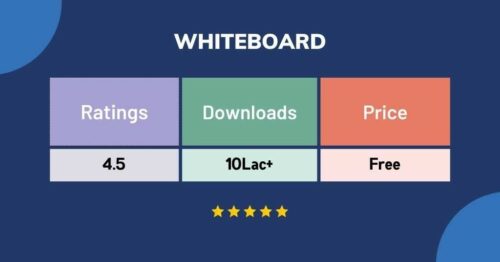
Teachers can use its interactive features, such as sticky notes, drawing tools, and text boxes, to facilitate engaging discussions and visual representations. With Whiteboard, teachers can create engaging presentations, visualize complex ideas, and dynamically demonstrate concepts.
Forms
Microsoft Forms is an invaluable tool for teachers that facilitates the creation of surveys, quizzes, and assessments with ease. With Forms, teachers can design customized feedback and evaluation forms, collect responses, and analyze data in a straightforward manner.
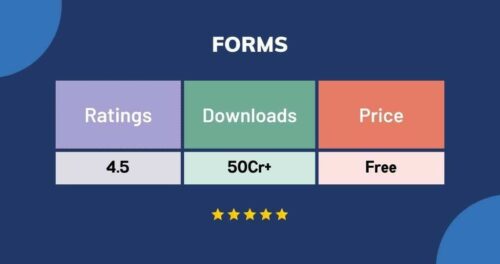
It enables teachers to gather insights, gauge student understanding, and make data-driven instructional decisions. The user-friendly interface allows for the creation of visually appealing and interactive forms, ensuring student engagement. Forms also offers features like automatic grading, real-time response tracking, and seamless integration with other Microsoft tools.
Minecraft Education Edition
Microsoft Minecraft Education Edition is a powerful educational tool that supports teachers in creating immersive and engaging learning experiences. With Minecraft, teachers can design virtual worlds that align with specific curriculum objectives, allowing students to explore, collaborate, and problem-solve in a dynamic environment.
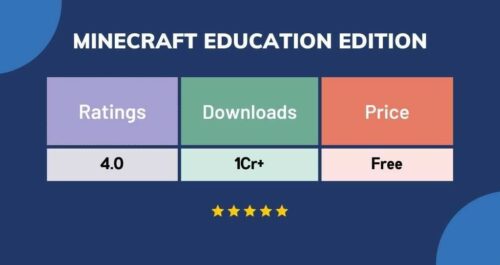
It promotes creativity, critical thinking, and teamwork as students build, experiment, and apply knowledge in a hands-on way. Minecraft Education Edition offers a range of educational resources, lesson plans, and tools for educators to facilitate meaningful learning experiences. It provides a platform where students can learn various subjects, develop digital literacy skills, and foster their imagination. You can learn to use and implement tools like Minecraft Education Edition through courses like the Coding Course for Educators offered by upEducators. Through this course, one can learn and even teach coding to students as this course teaches coding through different easy-to-use coding platforms.
By embracing these eight Microsoft tools, teachers can create engaging and impactful learning experiences that foster collaboration, critical thinking, and student engagement. To stay ahead in the ever-evolving landscape of education, it is essential for every teacher to explore and utilize these powerful tools to enhance their teaching practice and unlock the full potential of their students.
If you are a teacher who wants to unlock the potential of Microsoft Tools for Education and land better jobs, then the Microsoft Certified Educators Course is the right program for you. This program will help you gain the necessary 21st-century skills to teach and improve the outcomes of your teaching.
Ms. Priyanka, a passionate and creative history teacher was eager to ignite her students’ curiosity. She sought to transform traditional classrooms into captivating explorations. Embracing technology’s potential, she introduced virtual field trips, revolutionising history lessons.
Through seamless integration of history and technology, her students embarked on virtual journeys to ancient civilizations, battlefields, and iconic landmarks. Immersed in these experiences, they witnessed historical events and marvelled at architectural wonders, igniting a new passion for history.
Ms Priyanka’s approach not only sparked enthusiasm for history but also deepened their understanding of diverse cultures. Join us on her remarkable journey of technology-infused learning, where virtual field trips bring history to life like never before.
The virtual world has opened the door to many possibilities. One such door that has led to unimagined explorations is that of virtual field trips. Virtual field trips are a great way to teach different subjects to students by making them go through something real in a virtual realm. But how can teachers use the fantastic concept of virtual field trips in their classrooms? This blog will help you unravel the 8 ways in which you can integrate virtual field trips in your classroom.
8 Virtual Field Trips Ideas
Historical Exploration:
Virtual field trips for historical exploration allow students to step back in time and witness significant events and landmarks from various historical periods. For instance, students can visit the ancient city of Pompeii and learn about its destruction during the eruption of Mount Vesuvius in 79 AD. They can also virtually tour the Palace of Versailles in France, gaining insights into the opulent lifestyle of French royalty during the 17th century. Through these immersive experiences, students can develop a deeper understanding of historical contexts, cultures, and the impact of past events on the present.
Natural Wonders:
Virtual field trips to natural wonders offer students a chance to marvel at Earth’s awe-inspiring beauty and diverse ecosystems. For example, students can explore the Great Barrier Reef off the coast of Australia, discovering its rich marine life and the importance of coral reef conservation. They can also venture into Yellowstone National Park in the United States, observing geysers, hot springs, and diverse wildlife. These virtual experiences provide an opportunity for students to appreciate the significance of environmental preservation and the delicate balance of nature.
Space and Astronomy:
Taking students on a virtual journey through space and astronomy allows them to explore the vastness of the cosmos and gain insights into celestial phenomena. Students can virtually visit the Hubble Space Telescope and view stunning images of distant galaxies and nebulae. They can also experience a simulated spacewalk to understand the challenges and discoveries of space exploration. These virtual trips inspire curiosity about the universe, igniting students’ interest in STEM fields and space sciences.
Cultural Immersion:
Cultural immersion virtual field trips transport students to different regions and cultures worldwide, fostering understanding and appreciation for diversity. For example, students can explore the ancient city of Kyoto in Japan during traditional festivals, like the Gion Matsuri. They can also virtually visit the Acropolis in Athens, Greece, learning about ancient Greek architecture and mythology. These experiences help students develop cultural sensitivity, empathy, and a global perspective, encouraging respect for various traditions and customs.
Science and Technology:
Virtual field trips in science and technology offer students an inside look at cutting-edge research and innovations. For instance, students can tour the Large Hadron Collider (LHC) at CERN in Switzerland, where scientists study particle physics. They can also visit NASA’s Jet Propulsion Laboratory (JPL) and learn about the latest space exploration missions. These virtual experiences inspire students to pursue careers in STEM fields and understand the impact of science and technology on society.
Career and Industry Insights:
Virtual field trips focused on careers and industries provide students with exposure to diverse professions and workplace settings. For example, students can virtually visit a newsroom to understand the inner workings of journalism and media reporting. They can also explore manufacturing plants to observe industrial processes and learn about engineering and production. These experiences expose students to potential career paths, helping them make informed decisions about their future and develop essential employability skills.
Environmental Conservations:
Virtual field trips focused on environmental conservation allow students to explore natural habitats and learn about efforts to protect biodiversity. For example, students can virtually visit the Amazon Rainforest in Brazil, where they can witness the diverse flora and fauna and understand the importance of conservation efforts. They can also virtually explore Antarctica and learn about scientific research to monitor climate change. These virtual experiences inspire environmental awareness and encourage students to become stewards of the planet.
Global Connections:
Virtual field trips that facilitate global connections enable students to interact with peers from different countries, fostering cultural exchange and collaboration. For example, students can engage in video conferences with classrooms in other parts of the world to discuss shared interests, traditions, and social issues. These virtual connections create opportunities for students to develop cross-cultural communication skills, empathy, and a sense of global citizenship.
Incorporating these diverse virtual field trips into the curriculum enriches students’ learning experiences, making education more engaging and immersive. These virtual adventures expand students’ horizons, promoting empathy, curiosity, and a deeper understanding of the world around them. By fostering a sense of wonder and appreciation for history, nature, space, cultures, science, and more, these virtual field trips inspire a lifelong love for learning and encourage students to become informed, compassionate global citizens. If you are a teacher who wants to understand the applications of AR VR in a classroom, then attending the Masterclass on AR VR for Teachers by upEducators is a must for you. This Masterclass will help you unravel the multiple possibilities of using AR/VR in the classroom and help you in teaching better.
Author: This article is written by Samiya Rashid for upEducators blog.
